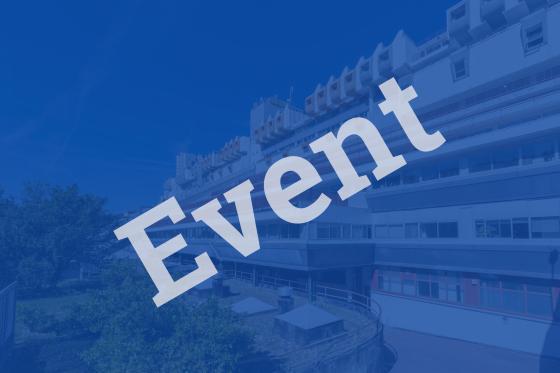-
-
Dipartimento di Fisica - Aula 501
-
Seminario
Relatori
Dettagli
Chemical characterization of surfaces and interfaces are crucial in materials science in order to understand the underlying physical properties. This is particularly true for thin films and buried interfaces in heterostructures where electronic correlations, structure, strain, oxygen deficiency, surface reconstructions, are the means to control the properties. X-Ray photoelectron spectroscopy (XPS) is a powerful tool to investigate the chemical composition of the surfaces and give access to a direct measurement of band offsets. Nevertheless, the depth probed is between 1 to 10 nm and surface contaminants (water, adsorbed molecules) could provide a non-negligible contribution which makes the analysis arduous. In order to characterize clean surface, thin films are commonly analyzed just after deposition but additional steps of ion bombardment are generally performed to remove contaminants or perform rofiling. However, this traditional etching with mono-atomic argon ions tends to induce severe perturbation, challenging the material analysis. By comparison with monoatomic ion etching, cluster (≈ 1000 atoms) ion etching where the energy per atom is reduced appears to be gentler for any surfaces, limiting the modification and even allowing the partial recovery of the areas previously exposed to the beam. I will present surface cleaning and profiling with cluster ion gun based on model systems: ultra thin films on indium phosphide and perovskite oxides. It will be shown that crucial information could be obtained even for layers of less than 0.5 nm with a gentle progressive digging of the thin layer. On LaAlO3/SrTiO3 interfaces, I will show how the gas cluster ion beam bombardment offers new insights in the chemical and physical analysis of sensitive surfaces as ultrathin covering layers or 2D materials. Finally, I will also present an original approach to quantitatively estimate the thickness of the perturbated area using anodic dissolution after bombardment


